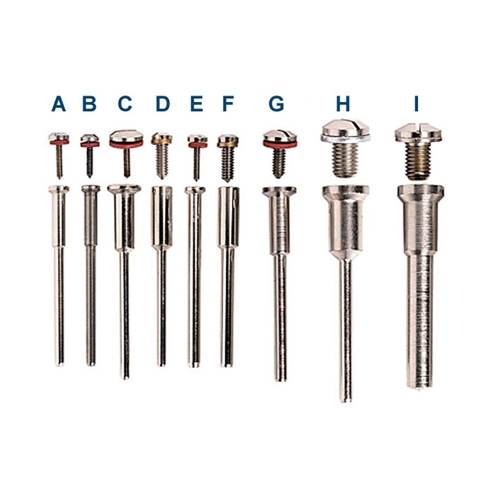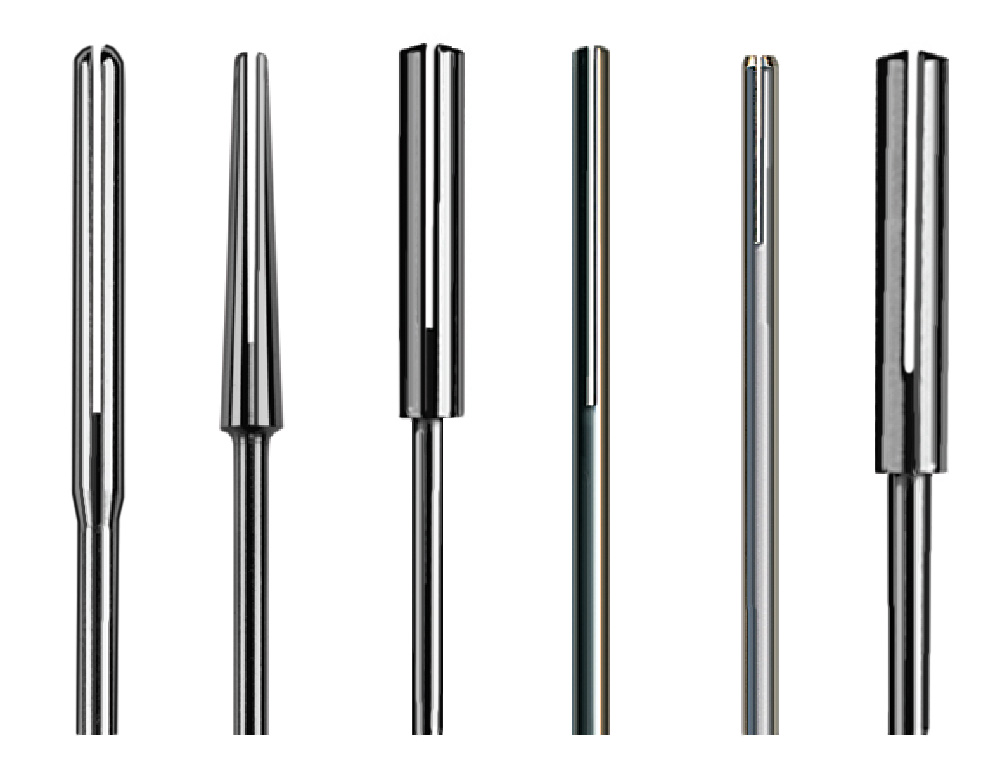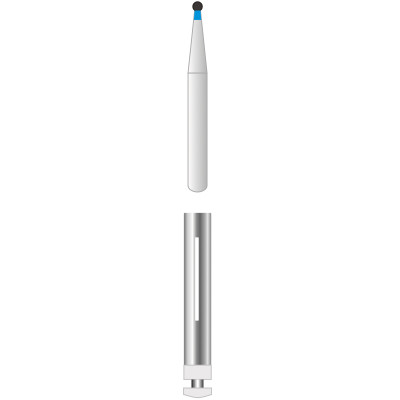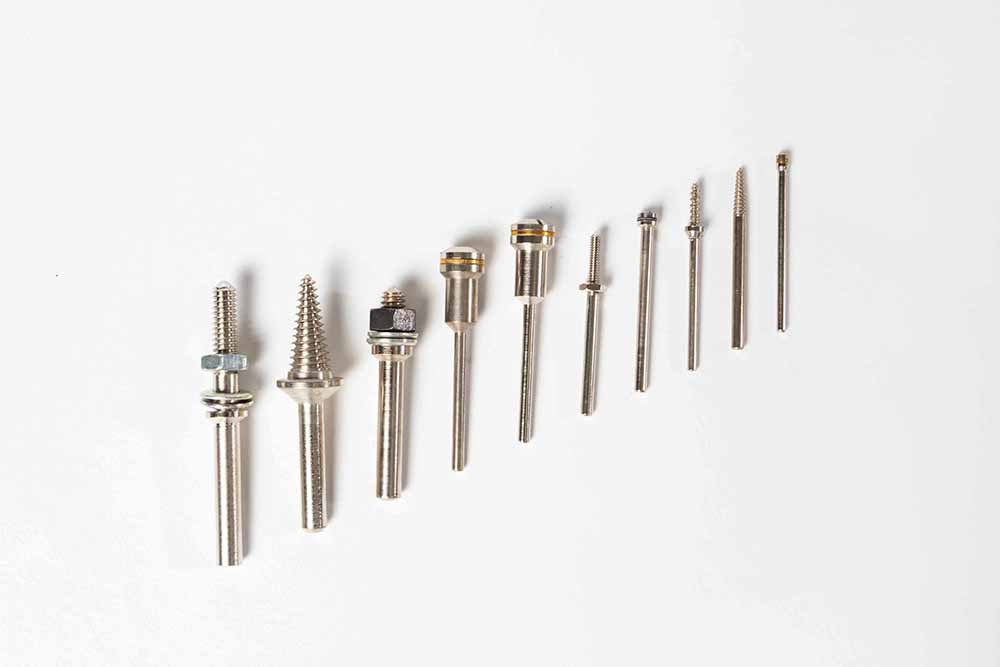What are mandrels?
Mandrels are used to hold a partially machined product while it is being finished, or to serve as a core around which parts may be bent or other material forged or molded. The mandrel is normally slightly tapered as a support during machining so that when firmly forced into a previously machined hole, a strong frictional grip between the mandrel and the hole wall is achieved. The mandrel is mounted on fixed centres that fit in tapered holes in the ends of the mandrel, and it is rotated by an attachment driven either continuously from a power source when cylindrical surfaces are being cut on the workpiece or intermittently by hand when longitudinal grooves are being cut.
Different types of mandrels
1️⃣ Screw Type Mandrels
Screw type mandrels are available in a variety of shank sizes and arbor hole diameters. Make sure the screw capacity of the mandrel matches the arbor hole of your accessory when making your choice. Check that the mandrel's shank diameter matches your handpiece collet (or chuck) as well. The right fit will help to ensure safety and keep your accessory running true.
Maximum and recommended speeds depend on the type and size of accessory, as well as the mandrel in use. Smaller accessories and mandrels, in general, can be used at higher speeds than larger accessories and mandrels.

2️⃣ Split Mandrels (for Sandpaper)
Split mandrels have a “split” above the reinforced base allowing the user to wind sandpaper, polishing cloth, or other abrasives around the gap. These mandrels come in straight and tapered styles and are generally used to sand in tight spots. The straight version is good for finishing smooth surfaces while the tapered offers access to undercuts.
Maximum and recommended speeds depend on the type and size of accessory, as well as the mandrel in use. Smaller accessories and mandrels, in general, can be used at higher speeds than larger accessories and mandrels.

3️⃣ Adapter Mandrels
Adapter Mandrels allow you to convert FG to RA without changing the collet in your handpiece. This is an excellent technique to rapidly utilize a smaller diameter shank accessory without any of the work involved with changing collets.
Maximum and recommended speeds depend on the type and size of accessory, as well as the mandrel in use. Smaller accessories and mandrels, in general, can be used at higher speeds than larger accessories and mandrels.




